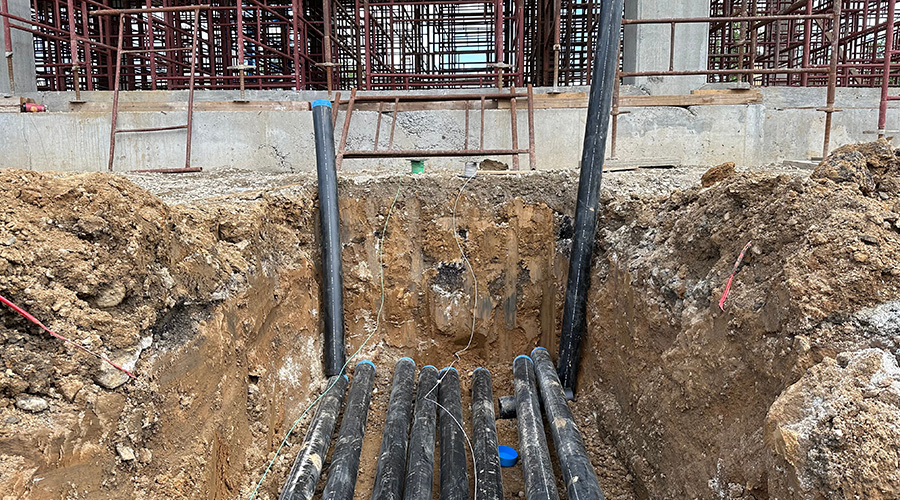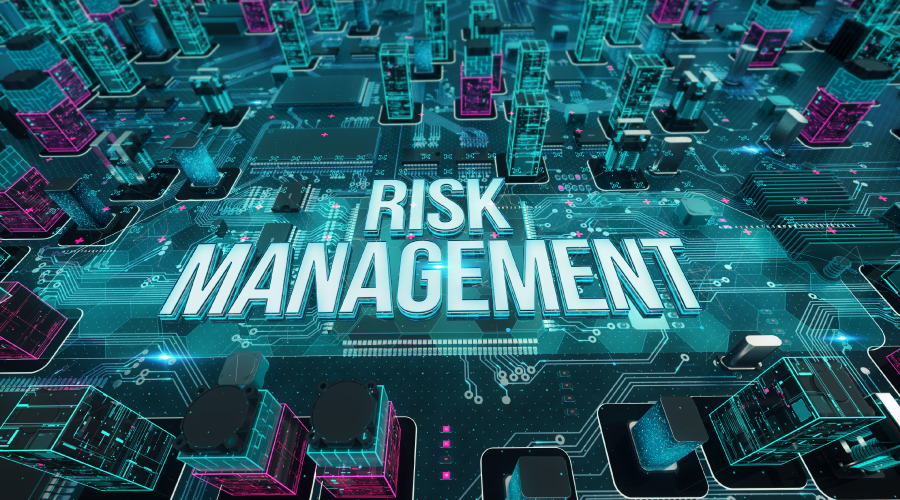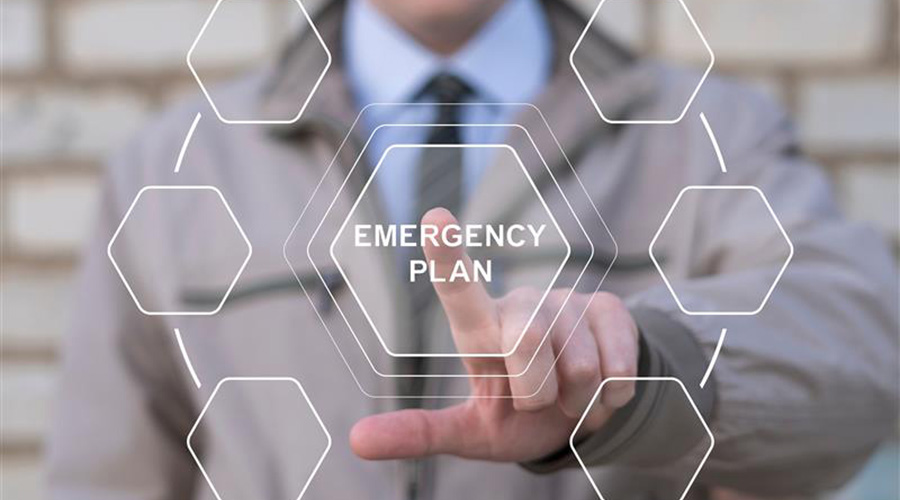Design Resiliency Often Means Going Beyond Building Code Requirements
With extreme weather events on the rise, constructing more resilient facilities requires taking extra steps.
As the deadly Los Angeles wildfires have affirmed, the stakes are high for institutional and commercial facilities with facility executives establishing a goal of restoring operations as soon as possible following natural disasters. Beyond the substantial capital required for repairs, failing to invest in disaster-related protections for facilities can result in lost income due to elevated vacancy rates, reputational harm, restricted access to capital, increased insurance premiums and construction-related litigation.
The goal of enhanced resilience is to design and construct buildings that can withstand natural disasters and weather events, including flooding, hurricanes, high winds, tornadoes, earthquakes, drought, wildfires, landslides and winter storms with minimal damage and return to operation as soon as possible.
National, state and local building codes are primarily designed to prioritize life safety by establishing minimum construction standards that reduce the risk of catastrophic structural failure.
But resilient building practices take this a step further by incorporating advanced materials and technologies to ensure structures remain standing and minimize loss. By minimizing damage, businesses and communities can avoid the financial strain of recovery and the disruption of critical services. This approach not only safeguards a facility’s stability. It also strengthens its capacity to recover swiftly after disasters.
Disasters on the rise
Twenty-seven confirmed weather and climate disasters in the United States in 2024 claimed 568 lives and caused more than $182.7 billion in damages, according to the National Oceanic and Atmospheric Administration. These events make 2024 the fourth costliest year on record.
By comparison, 30 years ago, just six disasters claimed 133 lives and caused $16 billion in inflation-adjusted damages. The stark escalation becomes even more apparent when examining the long-term trend: Between 1980 and 2024, the U.S. averaged nine annual weather disasters, each exceeding $1 billion in damages. This figure has surged to 23 annual events over the past five years.
Commercial building codes are designed to protect building occupants but do not ensure structures are protected against extreme windstorms, floods and earthquakes.
"The primary motivators behind stronger building performance standards are those with the greatest financial stake after catastrophic events: property insurers, who bear the cost of rebuilding, and commercial lenders, who face risks of loan defaults and asset depreciation," says Evan Reis, executive director of the U.S. Resiliency Council (USRC). “Insurance companies and financial institutions are demanding disaster-resistant designs and construction techniques to mitigate their financial loss.”
For example, commercial property insurer FM Global offers third-party testing and certification programs for fire protection equipment, electrical equipment and building materials to ensure products perform as intended, even in hazardous situations. FM Global’s Natural Hazards Laboratory can simulate hurricane-force winds, test the impact resistance of doors, windows and wall panels, and replicate earthquakes of varying intensities. These types of programs seek to reduce property loss and enable informed decision making during the design, construction and maintenance operations.
The value of disaster preparedness is not lost on the property insurance sector. In 2024, FM Global introduced its third round of resilience credits, which offer premium credits or reductions to commercial property policyholders as financial incentives to invest in loss prevention and resilient designs.
Upfront planning benefits
Contrary to popular belief, most resilient building experts agree that many natural hazard mitigation measures save far more than they cost — in some cases and locations as much as $30 saved per $1 spent.
Incorporating reinforced concrete, steel frames and flexible joints can significantly reduce earthquake damage and protect occupants. Designing buildings to resist wind loads for high-wind areas involves proper anchoring and using durable materials. In flood-prone zones, elevating structures above flood levels, using flood-resistant materials and installing drainage systems or barriers are critical to minimizing water damage.
Similarly, fire-resistant materials, such as non-combustible roofing and siding, help reduce the risk of fire damage. By understanding the specific risks posed by natural disasters, architects and engineers can create structures that are better equipped to endure these challenges.
“Engineers using predictive modeling and analysis can now forecast building performance in terms of occupant safety, potential failure points and the amount of damage, how long a building will be uninhabitable, and estimated reconstruction costs,” Reis says. “People think that building codes are designed to protect a building from natural disasters, when, in fact, they represent the bare minimum requirements to ensure life safety.”
In addition to the insurance and finance sectors, commercial and institutional facility executives are also seeking more stability amid the growing volatility of weather patterns.
"Investors want the businesses they invest in to be predictable and resilient, and the vulnerabilities and importance of resilience to climate change-related disasters are now widely accepted and less hidden than ever," says Sharyl Rabinovici, disaster risk researcher and building industry consultant. “Over the next 20 years, the commercial real estate industry should expect code minimums to rachet up and for new regulatory triggers to be put in place for required upgrades that can help buildings stay in use or resume operation more quickly after disruptive events.”
Joel Williams is a freelance writer based in Frankfort, Illinois.
Related Topics:













